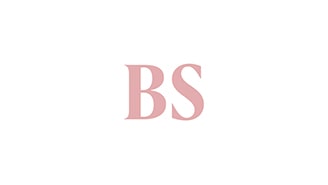The S&P Global Eurozone Services PMI Business Activity Index rose to 49.8 in December from 48.5 in November, signalling only a marginal decline in service sector output across the euro area. Overall, this was the softest decrease in activity since last August.
A sixth successive monthly reduction in new business was registered in December. Falling export orders also contributed to this. That said, the overall rate of decrease in new workloads was the softest in five months. This led the companies to focus on orders pending completion.
An expansion in employment also boosted resource availability. The rate of job creation was only fractionally stronger than the 20-month low seen previously, however.
Input prices and output charges both rose markedly in December, although rates of inflation eased to 11- and four month lows respectively. Finally, business confidence edged up to a four-month peak but remained historically subdued.
Further, the seasonally adjusted S&P Global Eurozone Composite PMI Output Index registered in sub-50.0 contraction territory for a sixth consecutive month in December, signalling a sustained downturn in economic activity across the euro area.
That said, at 49.3, which was up from 47.8 in November, the latest survey data signalled the slowest decline since last July, when activity levels first started shrinking. The decrease has now softened in each of the past two survey periods.
The eurozone economy remained mired in a downturn at the end of 2022, although there were signs that weakness was dissipating as private sector business activity shrank only marginally and at the softest pace since last July.
Alleviating pressure on the euro area economy was a further marked easing of inflation, leading to a slower fall in order books and another uptick in business confidence.
Overall business sentiment remained historically subdued, reflecting company concerns regarding the energy market outlook, high inflation and the rising risk of recession.
Meanwhile, although price pressures subsided, energy and personnel costs kept the overall rate of input price inflation in hot territory. Meanwhile, the labour market showed resilience again as employment rose for a twenty third successive month.
Powered by Capital Market - Live News
Disclaimer: No Business Standard Journalist was involved in creation of this content
You’ve reached your limit of {{free_limit}} free articles this month.
Subscribe now for unlimited access.
Already subscribed? Log in
Subscribe to read the full story →

Smart Quarterly
₹900
3 Months
₹300/Month
Smart Essential
₹2,700
1 Year
₹225/Month
Renews automatically, cancel anytime
Here’s what’s included in our digital subscription plans
Exclusive premium stories online
Over 30 premium stories daily, handpicked by our editors


Complimentary Access to The New York Times
News, Games, Cooking, Audio, Wirecutter & The Athletic
Business Standard Epaper
Digital replica of our daily newspaper — with options to read, save, and share


Curated Newsletters
Insights on markets, finance, politics, tech, and more delivered to your inbox
Market Analysis & Investment Insights
In-depth market analysis & insights with access to The Smart Investor


Archives
Repository of articles and publications dating back to 1997
Ad-free Reading
Uninterrupted reading experience with no advertisements


Seamless Access Across All Devices
Access Business Standard across devices — mobile, tablet, or PC, via web or app


